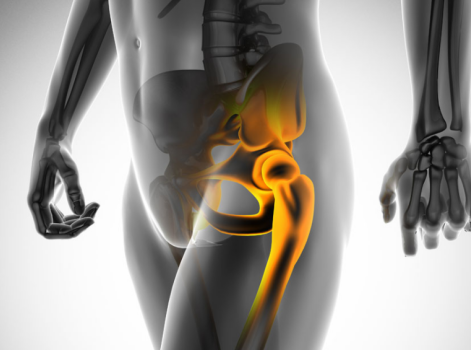-
What is PRP?
Platelet-rich plasma (PRP) is a platelet-rich plasma fraction obtained by gradient centrifugation of whole blood, which is rich in a variety of bioactive factors.
Active ingredients: fibrin, leukocytes, high concentration of platelets.
Fibrin: Fibrin monomers converge to form multimers, forming a network of three-dimensional structures. It helps to seal the broken blood vessel wall and shrink the blood vessel breach.
Leukocytes and various antibacterial proteins: anti-inflammatory and anti-inflammatory effects.
High concentration of platelets: mechanism of action for regeneration and repair. When platelets are activated, more than 30 growth factors including PDGF, TGF, IGF, VEGF, EGF are released, and each growth factor has better synergistic effect with each other than a single factor.
-
Indications and contraindications of PRP
Indications:
- Osteoarthritis
- Sports injuries (cartilage, ligament, meniscus, tendon, muscle, etc.)
- Fractures, bone discontinuity
- Difficult to heal wounds (non-healing surgical wound, decubitus ulcer)
Contraindications:
- Patients receiving immunosuppressive therapy
- Platelet dysfunction syndrome
- Fibrin synthesis disorder
- Hematologic abnormalities: platelet count <130 ×10^9/L, serum hemoglobin <11g/L, erythrocyte pressure volume <34%
- Taking drugs that affect platelet function
- Fever, patients with infectious lesions
-
Advantages of PRP technology
Convenient: abundant source, easy to obtain, simple operation, low price.
Safety: autologous, no immune rejection, no risk of disease transmission by allograft, avoiding the teratogenic risk of allogeneic and synthetic tissues.
High efficiency: contains high concentration of multiple growth factors, and the ratio is close to normal, with the best synergistic effect, not only can promote the repair of articular cartilage and meniscus damage, but also promote the absorption of inflammation in the knee joint, for meniscal repair, reconstruction of ligament healing, cartilage damage repair, etc. PRP has very good efficacy in relieving knee pain, with pain relief efficiency of 70-80%. This has been confirmed in various studies.
No side effects: There have been courses of steroid injections to repair joint disease, which are not recommended for long-term use because of the serious sequelae they can bring, while PRP has the advantage of no side effects and can be used with confidence.
- PRP-related questions
Is this technology safe?
- PRP is of autologous origin, so there is no risk of allergy, no contagiousness, no immune rejection, and no concern that heterologous recombinant genetic products may alter the genetic structure of humans.
- Because PRP contains high concentrations of various growth factors, the ratio of each growth factor matches the normal ratio in the body, allowing for optimal synergistic effects between growth factors.
- PRP contains high concentrations of leukocytes and monocytes, which can better prevent infection; the individualized preparation technique can remove leukocytes from patients with wound infection and reduce the chance of secondary infection.
- In view of the safety of autologous cell growth factor, the International Olympic Committee approved it for athletes’ sports system treatment in 2008. Superstars such as basketball star Kobe Bryant, Yi Jianlian, Tiger Woods, and tennis star Rafael Nadal have reportedly experienced some sports injuries, and all of them have undergone PRP treatment procedures.
Does the authority agree?
In 2013, the American Academy of Orthopaedic Surgeons (AAOS) identified PRP as a “next-generation intra-articular injection” in its principles of knee osteoarthritis treatment.








